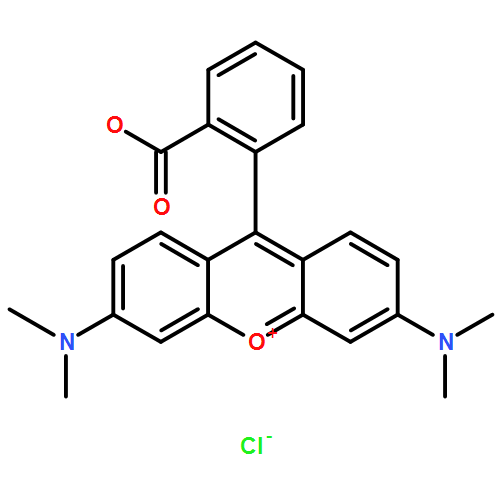•We used an ink jet printer head and motorized microscope stage for capillary electrophoresis fraction collection.•We separated a dye and its impurities by capillary zone electrophoresis.•We used the fraction collector for CE-SELEX generation of putative aptamers against thrombin.A fraction collector based on a drop-on-demand ink-jet printer was developed to interface capillary zone electrophoresis with a 96 well microtiter plate. We first evaluated the performance of the collector by using capillary zone electrophoresis to analyze a 1 mM solution of tetramethylrhodamine; a fluorescent microtiter plate reader was then used to detect the analyte and characterize fraction carryover between wells. Relative standard deviation in peak height was 20% and the relative standard deviation in migration time was 1%. The mean and standard deviation of the tetramethylrhodamine peak width was 5±1 s and likely limited by the 4-s period between droplet deposition. We next injected a complex mixture of DNA fragments and used real-time PCR to quantify the product in a CE-SELEX experiment. The reconstructed electrophoretic peak was 27 s in duration. Finally, we repeated the experiment in the presence of a 30-µM thrombin solution under CE-SELEX conditions; fractions were collected and next-generation sequencing was used to characterize the DNA binders. Over 25,000 sequences were identified with close matches to known thrombin binding aptamers.

